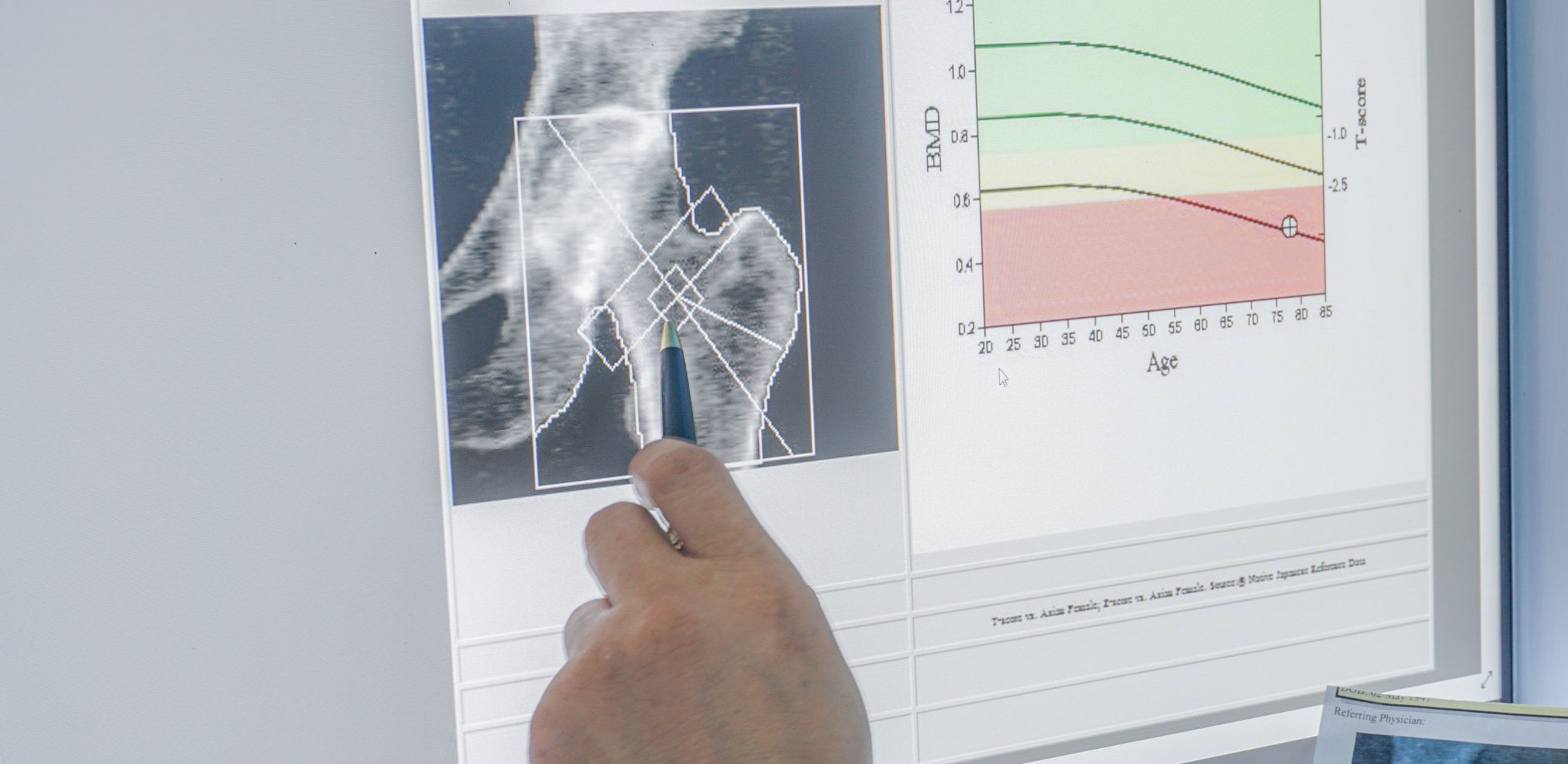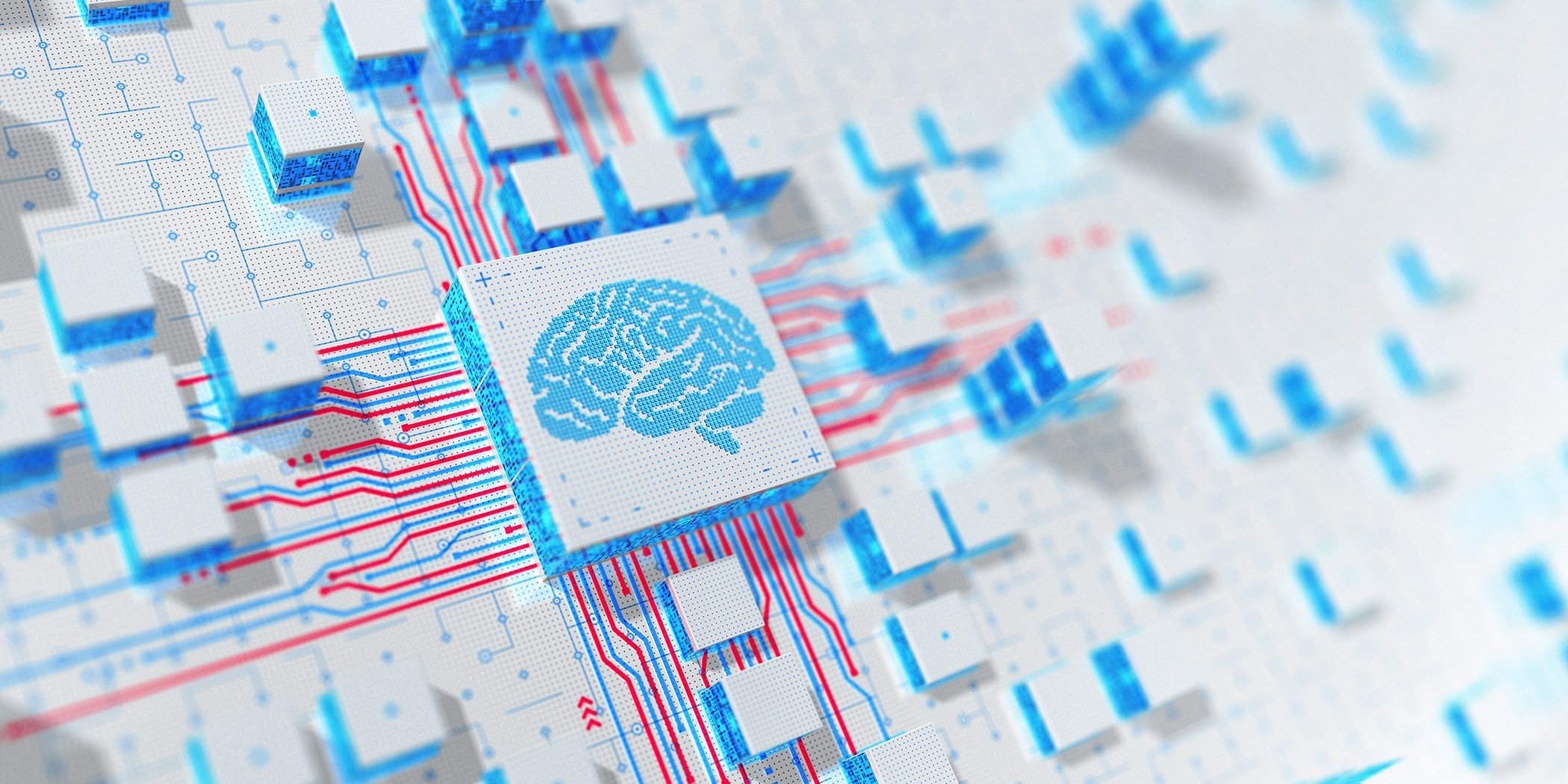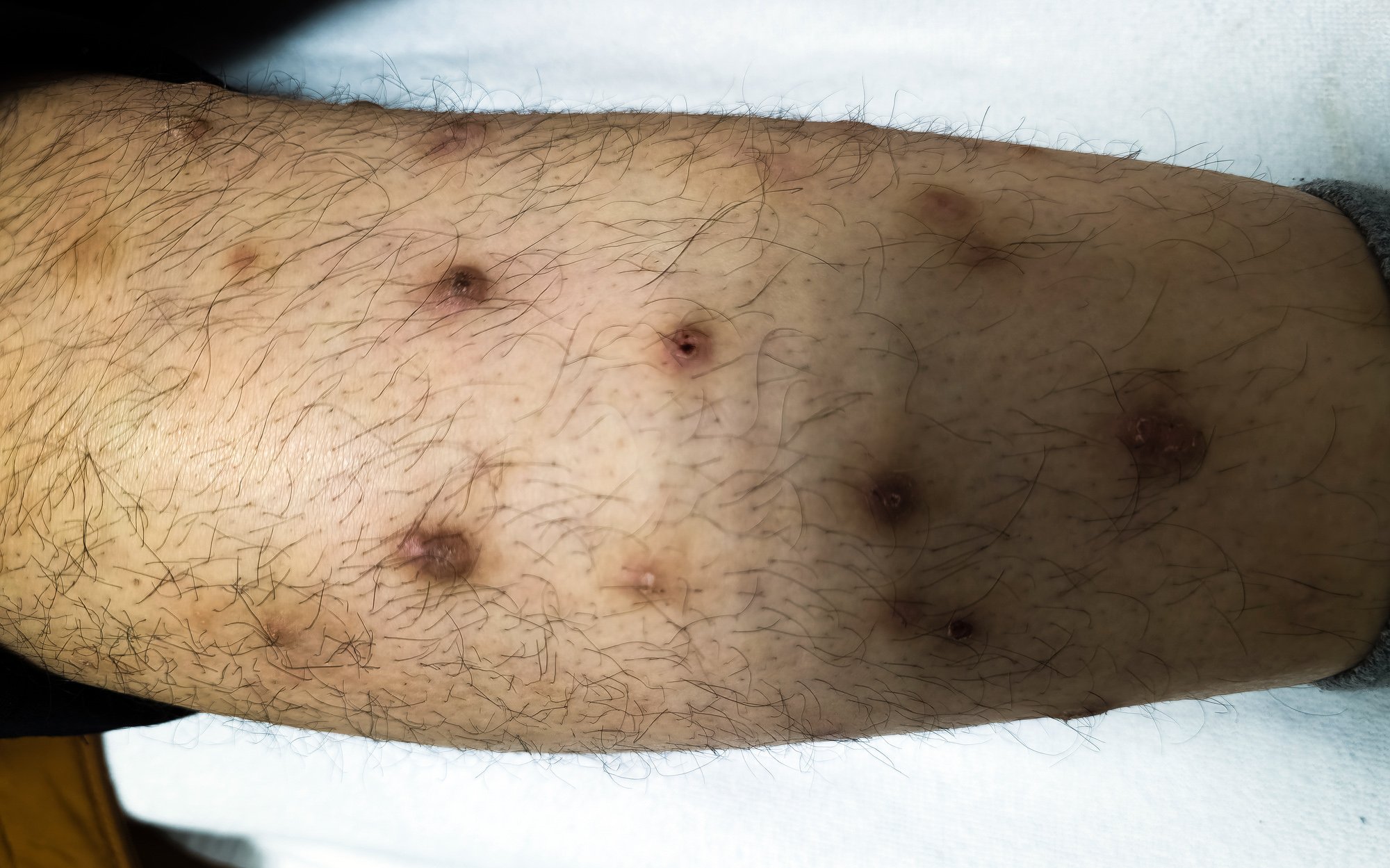Migraine is one of the most common neurological disorders and affects millions of people worldwide. With the development of CGRP-targeted therapies – monoclonal antibodies and Gepanten – the treatment of this widespread disease has experienced a turning point in recent years. These substances are highly effective, have a favorable side-effect profile and are clearly pathophysiologically targeted. However, one patient group remains cautious: people with vascular risk factors or who have already suffered cerebrovascular disease. Particularly in this group, which was often excluded from clinical trials, crucial questions arise: How safe is blockade of the CGRP system really? What data is available and where are there still gaps?
You May Also Like
- Evidence, pathophysiology and management in the light of current data
Heart failure with improved ejection fraction (HFimpEF)
- Early rheumatoid arthritis
C1M has potential as a biomarker
- Osteoporosis
Risk-stratified therapy with osteoanabolic agents improves outcomes
- "Swiss Health Care Atlas"
New indicator: medication for weight regulation
- AI in neurology
Control instead of a flood of data: AI makes big data and wearables usable
- Longevity Medicine 2025
From anti-ageing to precision prevention
- Treatment of pancreatitis: current study data
How can the risk-benefit profile be improved?
- Prurigo and PN











